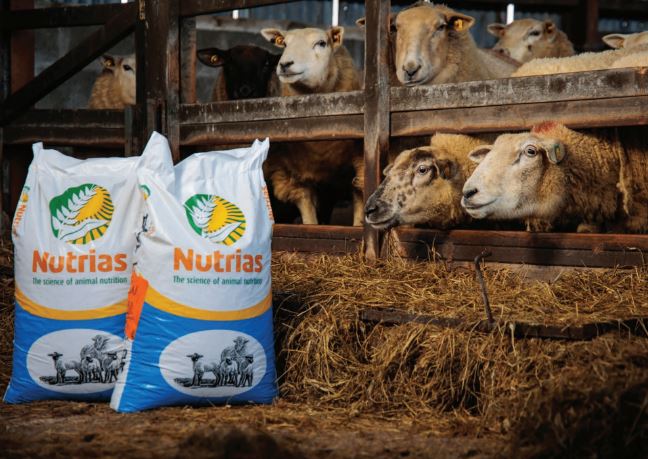
Dairy
- Use on/off grazing and wet weather management to get grass into the cow’s diet.
- Monitor late calvers body condition and ensure they continue to receive high quality pre-calver minerals daily.
- Maiden heifers need to be at target weight for breeding, early turnout for lighter heifers along with 1-2 kg of concentrates/day will help get them on target.
- Weigh out milk replacer accurately. Remember, for 1L of milk at 12.5% solids, mix 125 g of milk powder with 875 ml of water. Feed 6 litres of milk per day providing 750g of powder per calf. Be consistent when mixing milk.
- Regardless of the feeding system you have, make sure you clean buckets, whisk and feeders etc. properly.
- Book your first milk recording.
Beef
- When purchasing dairy beef calves, choose calves that are alert, with clear eyes and no signs of scour or pneumonia, and have a shiny coat with a good weight for age.
- Try to source calves that have received sufficient colostrum. Select calves from as few sources as possible.
- When calves arrive on farm, check for sign of illness and allow 2-3 hours rest before feeding a good rehydration electrolyte as a first feed.
- Feed a good quality milk replacer with a protein content greater than 20% from mainly dairy protein sources (skim milk or concentrated whey protein) according to manufactures instructions.
- When feeding calves, cleanliness and consistency are critical.
- It is important that calves have access to fresh clean water, concentrates and straw from a young age for rumen development.
Sheep
- It is important to get lambs off to the best start in life by giving them the correct amount of colostrum in their first feed. A lamb should receive 50ml per kg within the first six hours of life combining to 200ml per kg within the first 24 hours. If the ewe hasn’t enough colostrum you can substitute with colostrum from another freshly lambed ewe or artificial colostrum. Cow colostrum (from two or more cows) is also an option once fed at a 20% higher feed rate.
- Hygiene - Keep pens and lambing areas clean and dry to reduce the newborns’ exposure to infection. Use lime or other disinfectants. All items used during birth, feeding or handling, and your own clothing, can be infection sources. Keep work gear clean, always use gloves when assisting lambing, and sterilise all equipment after use.
Health & Safety
- March is a busy month on farms with calving in full swing. Cows can be dangerous around calving; you must be extra careful, take no risks and always have an escape route.

